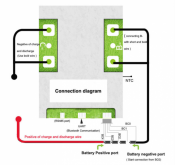TGPB
New Member
- Joined
- Aug 16, 2020
- Messages
- 134
With more than 1 BMS you will want to name each BMS with its own unique name
Go to App Settings
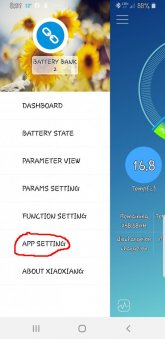
Then Click on the Device Model and change the BMS Name
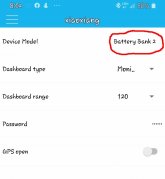
Now when you open the app it will show each BMS with its own Unique Name.
When you open the app it will show each BMS. Just click on the one you want to open. If you don't choose which BMS you want to open in a timely fashion it will open up the first BMS it finds automatically.
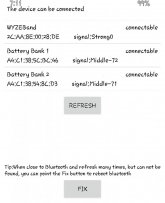
When you want to change from one BMS to another click on the BMS you are currently connected to.
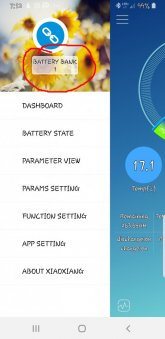
Now you will want to click on the UNLINK, which will disconnect you from this BMS and allow you to choose which BMS you want to connect to.
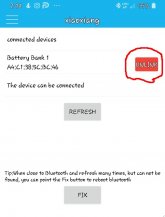
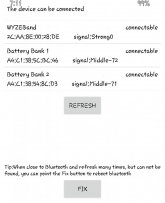
Hope this helps.
Go to App Settings

Then Click on the Device Model and change the BMS Name

Now when you open the app it will show each BMS with its own Unique Name.
When you open the app it will show each BMS. Just click on the one you want to open. If you don't choose which BMS you want to open in a timely fashion it will open up the first BMS it finds automatically.

When you want to change from one BMS to another click on the BMS you are currently connected to.

Now you will want to click on the UNLINK, which will disconnect you from this BMS and allow you to choose which BMS you want to connect to.


Hope this helps.





